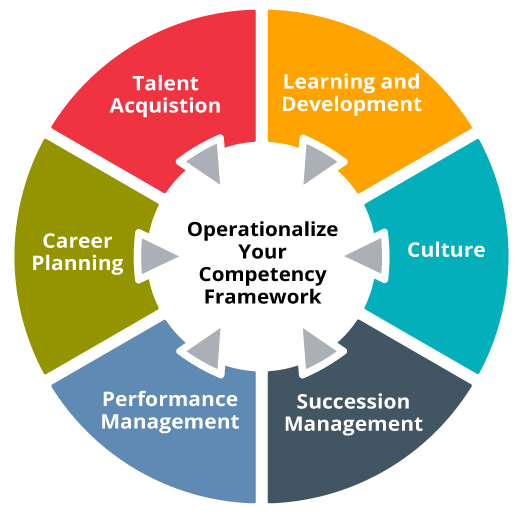Job Profiling: Building the Blueprint for Future Leaders
Meeting the organization’s needs takes more than finding a candidate with the right credentials on their resume. It requires a methodology identifying the skills and skill levels employees need to perform specific jobs effectively, which in essence is job profiling.
Job profiling is a systematic approach to identifying, analyzing, and documenting the precise combination of skills, behaviors, and attributes required for leadership excellence. Human Resources personnel use job profiling together with talent and skill assessments and training, assisting employers make data driven decisions about hiring, promotion, and leadership development.
Core Components of Job Profiling
Effective job profiling serves as the cornerstone of strategic talent management, encompassing a structured framework that goes beyond traditional job descriptions to create a comprehensive blueprint of roles, combining both technical and behavioral elements.
Technical Competency Mapping
Technical Competency Mapping creates a detailed framework that outlines a potential candidate’s essential and desired technical capabilities. By mapping these competencies, organizations create a clear blueprint for the technical knowledge future leaders need. This could range from software proficiency to advanced analytical skills, depending on the role.
Unlike a generic skills list, technical competency mapping pinpoints the specific abilities of an organization. For example, in an IT leadership role, HR personnel may include advanced knowledge competencies in cyber-security frameworks, cloud infrastructure, or data analytics.
A sturdy technical competency map guides training and development. For instance, if the mapping reveals gaps in AI integration skills, the organization can invest in specialized training, preparing future leaders for digital transformation.
By building these competencies in a structured way, organizations reduce the risk of leadership transitions and ensure the technical competency of its leaders aligns with business needs.
Behavioral Competency Framework
A behavioral competency framework outlines the personality traits, attitudes, and soft skills that align with the organization’s values and leadership goals. In this framework, organizations emphasize attributes like emotional intelligence, resilience, and a collaborative mindset, as they contribute to a leader’s competence to influence, adapt, and navigate complex interpersonal dynamics. For example, the business may assess a high-potential employee on “resilience under pressure” or “ability to drive consensus in cross-functional teams,” which are crucial for managing teams in fast-paced environments. The behavioral framework allows organizations to identify candidates whose soft skills complement their technical competencies, ensuring they can engage and motivate teams effectively. It also sets the standard for continuous development, helping aspiring leaders understand the behaviors required to lead successfully.
Conclusion
By focusing on job profiling through its core components, the technical competency mapping and behavioral competency framework, organizations equip leaders to handle an organization’s technical demands and interpersonal challenges. Technical competency mapping ensures future leaders possess the specialized skills an organization requires to meet industry demands and drive innovation. Meanwhile, a behavioral competency framework focuses on the attitudes and traits essential for guiding teams, managing adversity, and fostering a positive organizational culture.
Zenithr, believes these two components, are vital to create effective leaders. By implementing these competency frameworks into talent strategy, Zenithr assists organizations in cultivating a future-ready, technically proficient, behaviorally adaptive leadership team, supporting sustained success and growth in an ever-evolving landscape.




